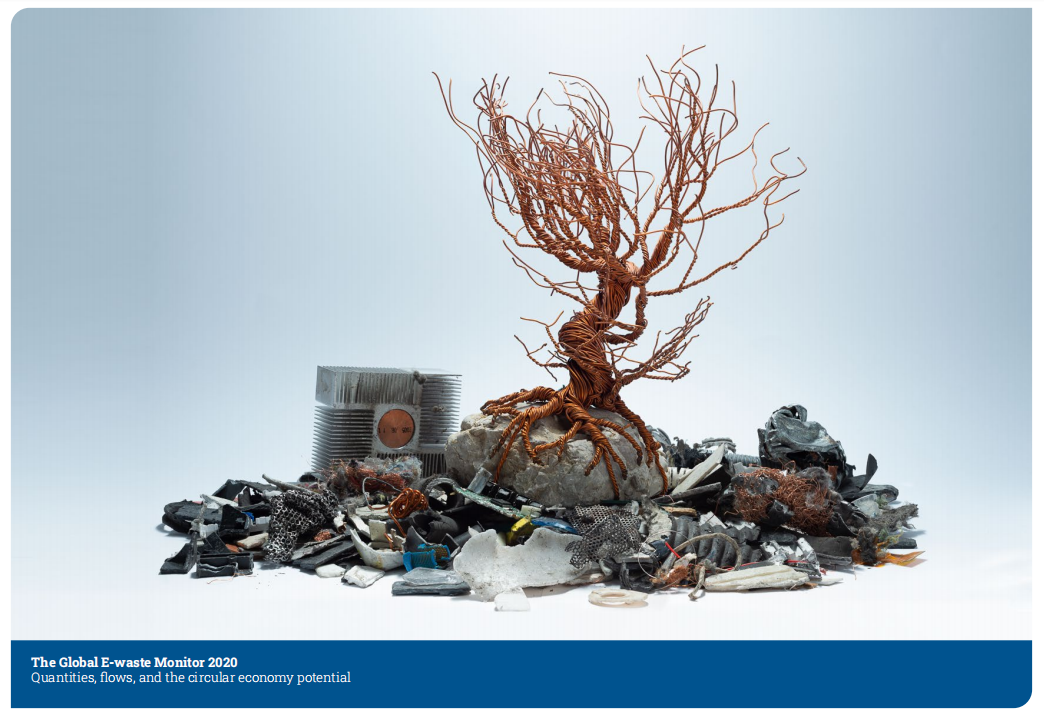E-waste Report
According to the report, Asia generated the greatest volume of e-waste in 2019 — some 24.9 Mt, followed by the Americas (13.1 Mt) and Europe (12 Mt), while Africa and Oceania generated 2.9 Mt and 0.7 Mt respectively. For perspective, last year’s e-waste weighed substantially more than all the adults in Europe, or as much as 350 cruise ships the size of the Queen Mary 2, enough to form a line 125 km long. E-waste is a health and environmental hazard, containing toxic additives or hazardous substances such as mercury, which damages the human brain and / or coordination system.

Navigation
News
Contact us
Address: Flat/Rm 12-13, 18/F, 1 Hung To Road, Kwun Tong,
Kowloon, Hong Kong
Tel:+852 5448 8039
e-mail: contact@timesrecycling.com
